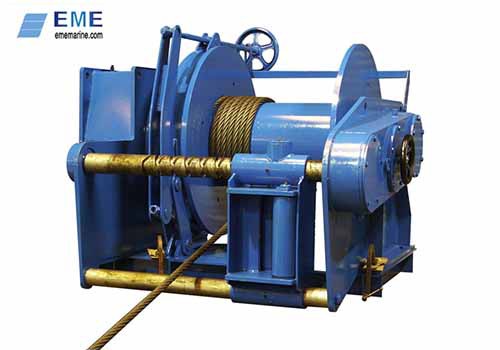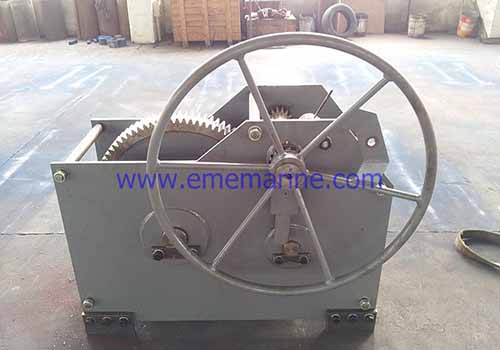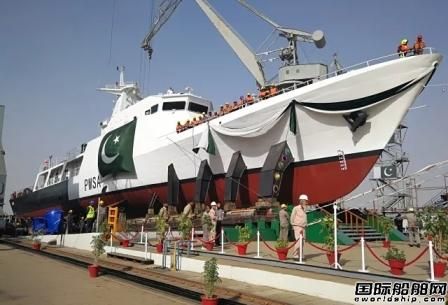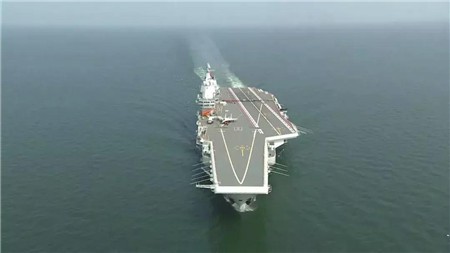

After the BDI index rose sharply and hit an 11-year high, it finally ushered in a strong callback last Friday, but the market continued its upward trend.
On June 18, the Baltic Dry Bulk Index (BDI) rose for seven consecutive days to close at 3267 points, a 30% increase in a week, setting a new high since June 2010. Among them, the Panamax freight index reported 3558 points, an increase of 39 points or 1.1%, a new high since June 2010, and the average daily profit increased by US$351 to US$32,022. The Capesize freight index rose 202 or 5% to 4212 points, a one-month high, and the average daily profit increased by US$1672 to US$34,930. As an indicator of small and medium-sized ships, the Baltic Super Handysize (BSI) has gained nearly 9% weekly and is currently rebounding to US$24,000 per day.
But last Friday (19th) the BDI index was 3218 points, down 49 points or 1.5%, ending seven consecutive trading days of rising, but last week it has risen by more than 12%. Among them, the Panamax freight rate index fell 14 points or 0.4% to 3544 points, a cumulative increase of 7.3% this week, and the average daily profit fell by US$125 to US$31,897. The Capesize shipping rate index fell 183 or 4.3% to 4,029 points, a cumulative increase of 20.4% this week, and the average daily profit fell by US$1515 to US$33,415.
BDI is known as the "barometer" of the world economy. It is calculated by weighting the spot freight rates of bulk carriers on several major routes. These bulk ships carry most of the world's industrial raw materials such as iron ore, coal, grains, and civilian and biological resources. Therefore, the BDI index is closely related to the global economic boom and the raw material market. It mainly measures the boom in demand for bulk commodities.
The bulk carrier owner pointed out that due to the replenishment of raw material demand in various countries, the demand for dry bulk shipping has effectively increased, and the port congestion in various countries has affected the turnover rate of ships at sea. The daily rent of small and medium-sized ships under 60,000 tons has exceeded At US$20,000, the economy is so good that the boat will immediately regret it when it is just rented out.
Industry experts said that due to strong market demand, benefiting from the export of soybeans and corn on the east coast of South America and the Gulf of Mexico, the Panamax freight rate has increased. Experts believe that with the promising outlook for commodities and strong fundamentals, The bullish sentiment of this type of ship is expected to be maintained.
Shipowners also pointed out that Brazil's Vale will accelerate the resumption of iron ore production in the second half of the year. The annual output is expected to increase by 9%, while China's steel demand is gradually entering a plateau period, and the steady growth of dry bulk trade will boost demand. .
Experts further pointed out that in addition to the global port congestion factor, as new environmental protection regulations will be on the road in January 2023 and include the ship effectiveness index (EEXI) and operating carbon intensity index (CII) two major standards, old ships are facing mandatory speed reduction or even elimination At that time, more than 80% of ships worldwide will be affected, and the imbalance between supply and demand of capacity will support high freight rates.
In terms of overall supply and demand, Clarkson predicts that the dry bulk market demand from 2020 to 2021 will be -1.6% and 3.7%, while the growth of supply capacity will be 3.9% and 2.6%, indicating that the supply and demand structure will improve significantly this year.
Experts said that the current Panamax and Handymax new ship orders increased by only 6.3% and 5.2%, which is significantly lower than the 15% or more added capacity of each ship type in the past 10 years. The shortage of supply makes the Panamax spot ship gross profit rate reach 61%. Handymax spot The gross profit margin of the ship is 60%. The number of new Capesize orders is currently 7.2%, which is significantly lower than the average 15-30% during the past 10 years. Therefore, the supply of Capesize ships in the next 2-3 years will be the lowest in recent years, and after 2023, the new standard for ship carbon emissions More stringent, the supply will be more limited, and it is expected that the structure of the bulk carrier shipping industry is gradually recovering.
Taixing Expansion Marine Equipment (EME) is the professional designer, manufacturer and exporter of mooring winch, positioning winch, towing winch, anchor winch, diesel winch, electric windlass, hydraulic windlass, diesel windlass, electric capstan, hydraulic capstan, pneumatic capstan etc. Our products are mainly for scientific research vessel, navy vessel, working barge, tug, cargo vessel, oil tanker, offshore platform etc.





